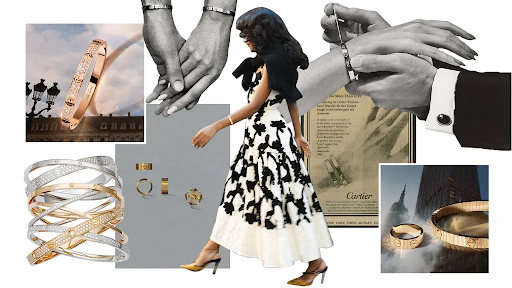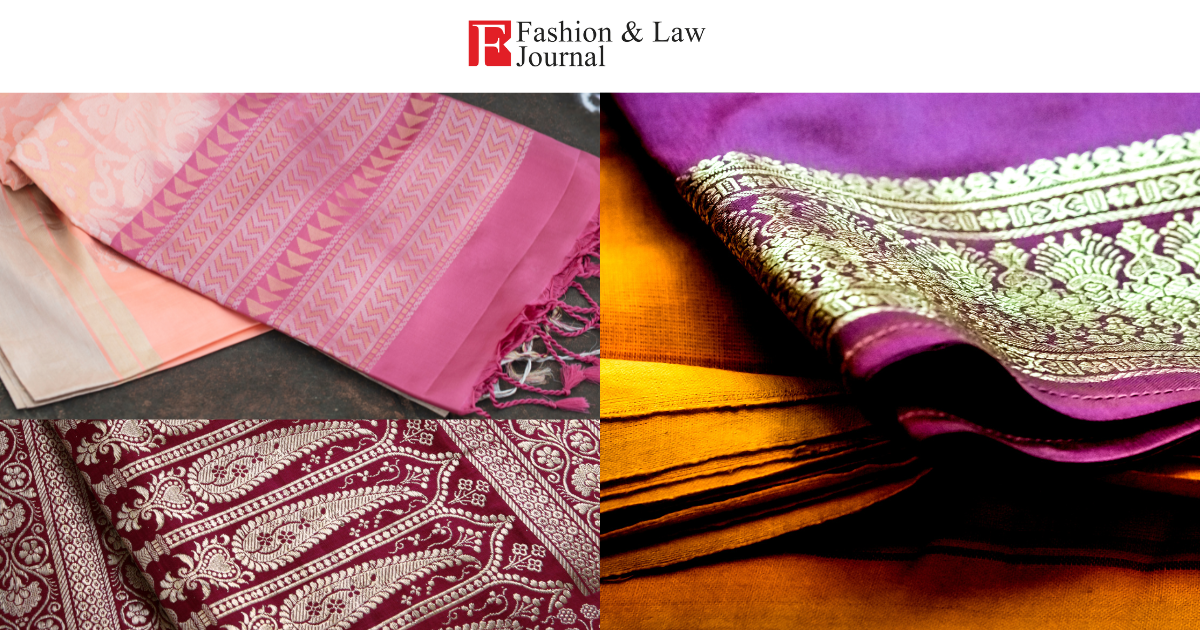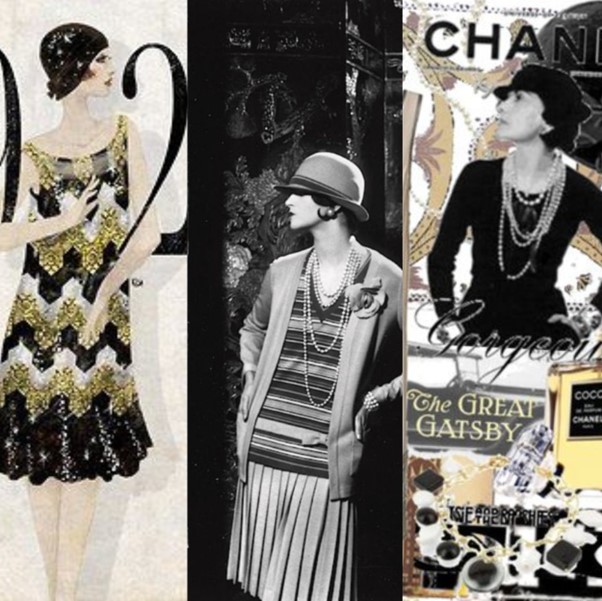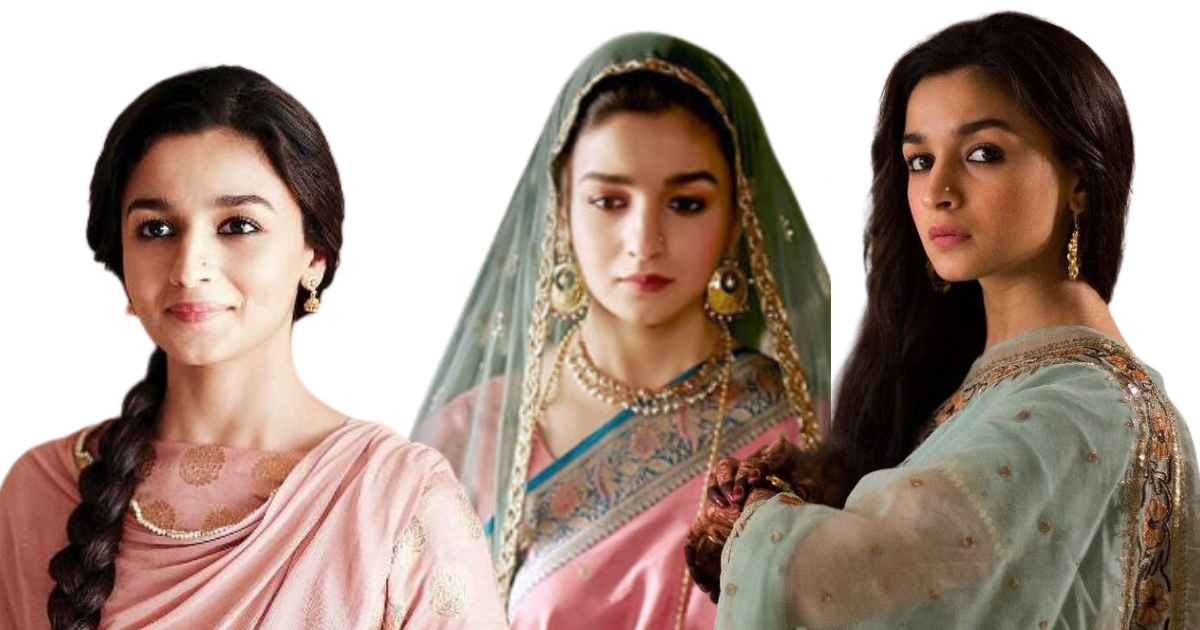In the realm of fashion, certain garments transcend the boundaries of time, retaining their allure and elegance across generations. Among these, the silk saree stands as a beacon of tradition and luxury, weaving together centuries of heritage with contemporary flair. Silk sarees, which have their roots in the rich tapestry of Indian culture, have transformed from traditional clothing to contemporary fashion statements, winning over hearts all over the world with their enduring allure.
A Silk-Weaved Legacy:
The origins of silk sarees may be traced back to ancient India, a country where the fabric was highly valued as a representation of grandeur and prosperity. Legend has it that the art of silk weaving was gifted to mankind by the Hindu goddess Lakshmi, infusing the fabric with divine grace and elegance.
Silk sarees became an essential component of Indian culture, worn by both commoners and royalty on ceremonial events, weddings, and joyous occasions. Every Indian region over time created its own particular kind of silk saree, exhibiting specific weaving techniques, designs, and decorations that showcased the regional skill and culture.
Every variety of silk saree, from the elaborate Banarasi sarees of Uttar Pradesh to the vivid Kanjeevaram sarees of Tamil Nadu, conveys a tale of customs and history that has been handed down through the years by talented weavers. Silk sarees retain its unique status in Indian fashion today by gracefully integrating contemporary styles while evoking the classic elegance of bygone times.
Crafting Splendor: How Silk Sarees Are Made:
The creation of a silk saree is a labor of love, along with meticulous craftsmanship and a great attention to detail. It all begins with the finest silk threads, sourced from silkworms which are cultivated with utmost care and precision. The process of silk production, known as sericulture, involves nurturing of silkworms from larvae to cocoons, carefully extracting the delicate threads without causing damage.
Once the raw silk is harvested, it undergoes a couple of treatments to enhance its strength, sheen, and texture. This includes processes such as degumming, spinning, and dyeing, where skilled artisans work their magic to create vibrant hues and intricate patterns that adorn the saree.
The weaving of a silk saree is a true testament to the artistry of Indian craftsmanship, with each piece crafted meticulously on handloom, historically. The loom becomes a canvas for creativity as artisans skillfully intertwine the threads to form intricate patterns, ranging from traditional motifs like paisleys, florals, and peacocks to contemporary designs inspired by nature, architecture, and art.
Various embellishments such as zari (metallic thread), sequins, beads, and embroidery add an extra layer of opulence to the saree, transforming it into a masterpiece fit for regal feel. It’s a team effort that involves not just the weavers, but also dyers, designers, and artisans who imbue each saree with a unique character and soul.
Embracing Tradition with a Modern Twist:
While silk sarees are deeply rooted in tradition, they have also evolved to suit the tastes of the modern woman. Contemporary designers are reimagining classic silhouettes and motifs, infusing them with a fresh perspective to appeal the new age audience.
From lightweight silk sarees perfect for daily wear to extravagant designs adorned with unconventional embellishments like kundan pieces on the saree, there’s a silk saree to suit every occasion and style. Fashionistas around the globe are embracing the versatility of silk sarees, incorporating them into their wardrobes as statement pieces that exude elegance and opulence.
In conclusion, silk sarees stand as an enduring symbol of timeless elegance, captivating women worldwide with their rich heritage and exquisite craftsmanship. From traditional motifs to contemporary designs, these sarees transcend trends, offering a touch of luxury to every wardrobe. Embrace the legacy of silk sarees and embark on a journey of everlasting style and sophistication.



















Great insights on bridal fashion! I especially loved the way you explained the importance of traditional fabrics. For anyone exploring timeless elegance, a South Indian wedding saree is the perfect choice—it blends culture with luxury beautifully.
https://www.aikyatha.com./
Thanks for sharing this! If someone is looking for wedding sarees in Bangalore, they’re sure to be impressed by the stunning Kanjeevarams, soft silks, and bridal designer sarees offered across the city. The quality, colors, and intricate detailing make Bangalore a must-visit for brides-to-be. Wonderful read!
https://www.aikyatha.com./